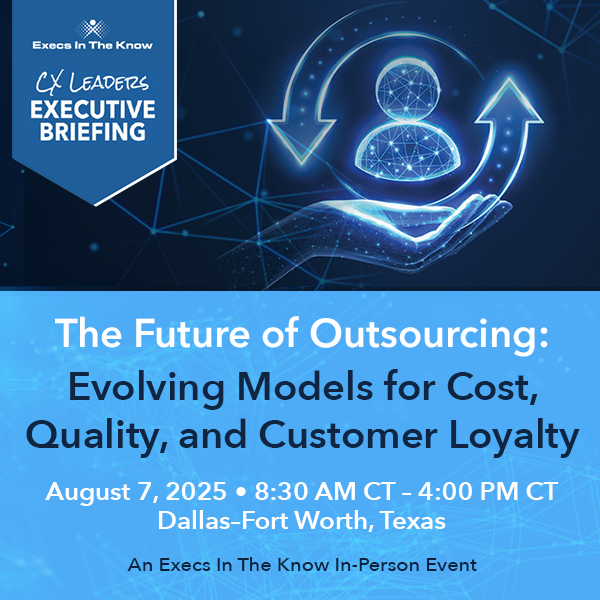There was a time when we thought CX technology was evolving steadily—but it turns out, it was actually quite stagnant until very recently. Nowadays, it’s changing so rapidly it’s hard to keep up, largely due to the swift advancements in artificial intelligence and a surge in consumer demand for AI and automation.
This rapid evolution means that the industry buzzword “transformation” is itself transforming. Historically, when we think about transformation in CX, we would make large sweeping plans leading to big changes and, finally, that mic-drop impact that really changed our business—a transformation.
The problem now is that a big plan like that might take a year or more to execute, while today’s current best CX technology is evolving faster than that—quarterly or even monthly. What happens a year from now, when you are set to unveil your grand transformation and it turns out you’re unveiling something three tech-generations behind? Moreover, consider the implications of signing a long-term contract with one tech provider, only to find out a few months later that your shiny new system is already outdated. If you’re dealing with a large stack of tech products, coordinating all the stakeholders to implement these systems can extend timelines even further.
How Transformation Is Evolving with Technology
Transformation as a concept is still so important in CX. So what does it look like today and who are the brands achieving it? The answer lies in adopting short, “sprint” style planning that emphasizes flexibility. Once upon a time, it was efficient to execute it all at once. Today, the brands who win are those who red-circle two or three things that would be highly impactful to their business and can be executed in less than three months. You focus on a couple of impactful changes achievable within a single quarter, then refine them based on performance, keep what works, and discard what doesn’t. And then you do it over again, following a defined roadmap moving towards your goals, banking value as you move forward.
Why do it this way? Well, think about it like this: The traditional plan, even if it worked out perfectly and you got great results from it once it finally launched—let’s say a year later—your customers have really not seen any improvement in your CX for that entire period of time. They’re going to be benchmarking your brand against other companies they interact with that do have some of these advancements, and they’ll wonder why you’re still doing things the old way. That’s the aforementioned consumer demand for automation and AI. And now that we’re seeing some of the most pronounced improvements in CX in decades, consumers will expect it.
Innovating with Intent
In this new era, transformation is no longer about overhauling systems in monumental, infrequent leaps; it’s about innovating with intent and agility. This approach not only keeps a brand technologically relevant but also deeply attuned to the evolving expectations of customers. Those companies that excel are the ones that consider transformation an ongoing process, rather than a one-time event. By embracing shorter, focused cycles of innovation, they are able to continually introduce improvements, learn from real-time feedback, and rapidly adapt to emerging technologies and market dynamics. This constant state of evolution is crucial, not just for staying competitive but also for leading the charge in customer experience innovation.
Creating a Culture of Continuous Improvement
The shift from large-scale transformations to iterative improvements demands a cultural shift within organizations. This new culture prizes flexibility, speed, and a tolerance for failing fast, allowing lessons to be learned quickly and incorporated into future initiatives. As a result, organizations not only keep pace with technological advancements but also foster an environment where innovation thrives. Continuous improvement becomes part of the organizational DNA, empowering teams to experiment and continually enhance customer interactions. Ultimately, this dynamic approach to transformation equips businesses to not just respond to customer needs but anticipate them, ensuring that their customer experience is always at the cutting edge.
Guest post written by Jeff Fettes, Founder and CEO of Laivly.
Laivly’s proprietary artificial intelligence platform, Sidd, enables the world’s biggest brands to leverage AI, automation, and machine learning into their existing customer service programs, swiftly and without extensive integration barriers, with industry-leading agent copilot and self service solutions.






























